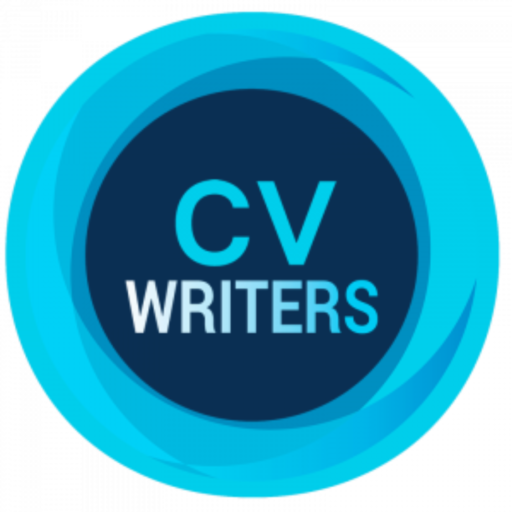
Introduction
Our dreams, our hopes, our ambitions are limitless. Think big, think grand. But understand reality is often limited by chance opportunities and our current circumstances. If it’s time for you to make a change and resign from a position, you’ll naturally aim for a career design that increases your chances of actualising your dreams into reality.
Usually, we have less control over our next job than we want. Maybe we’ve been made redundant, and those house payments are approaching; maybe we’ve moved countries, and have to gain experience in our new place of residence by taking what we can in terms of work; maybe we have to find a part-time role while we take care of a sick family member. During such times, we can only play the cards we have been dealt in our current circumstances to make the best hand we can.
But in this article, I want to address those periods, rare as they may be, when we have greater time and opportunity to pick our next job more strategically. What does our next role look like?
Here is how to find your next job:
Get a notepad, journal, or grab some napkins. Right now. Make random lists of things you love, things you loath. Don’t think. Let your subconscious mind flow. Cut out pictures from magazines and paste them into your book. Jot down dreams right after you wake. Imagine yourself in five years. What are you wearing? Where do you live? What do you do that brings you happiness? How do you help others? Write it all down. Your favourite movies, favourite novels, favourite songs. List them. Do this for an entire month, every day, on the tram, before bed, whenever you have time (and make the time). Let these images and idea-shadows spill their ink across the pages of your little journal.
After a month or two (or twelve), take stock. Don’t impose what you think you want onto what you actually added to the notebook. You picked these seemingly random things for a reason, though you consciously may not know why. What you’ve really done is bypassed your inner critics, the little voices in your head that limit you, that tell you that your dreams are just dreams, and you’ve got to settle for less because your current circumstances are overwhelming, limiting, and you missed your chances already. If you put it in your journal, understand that you did so for a reason; your subconscious mind wouldn’t have influenced you to include those ideas and images if they were completely impossible to achieve, or if they had no meaning. You took the time to add them—they mean something. Listen to them.
What do they tell you? What song do they sing?
Go through your journal, page by page, and on a separate piece of paper note down the three main themes connecting the pictures, lists, dreams, rants, nonsense. What new picture is beginning to emerge? Follow the threads, listen to the compass of your heart, no matter how strange it seems to beat.
These three top ideas are your true goals, your true needs, your real practices. Maybe they confirm what you already knew, but hadn’t had organised in a way that made sense to your personal story. Maybe these ideas will take you in a new fresh direction that is as exciting as it is frightening. Either way, remember that you picked these things for a reason, and that alone will provide you with the clues you need to set clear requirements for your next job, a clearer pathway for your next career steps.
For example, Jim works in marketing. His passion has waned over the years, and he never seems to have time for family and friends. He’s a bit unhappy, unsatisfied. Something is missing. Sometimes he drinks too much. He’s developed quite the temper. He delves into the issues, keeps his journal dutifully. Inside, he has cut out articles on underprivileged children. One of his lists includes family time, three-month vacations, contributing more to society. Ten years ago, he had entertained ideas of becoming an art professor, but went into graphic design instead, which eventually led to marketing. Teacher. Over and over again his journal touches upon this theme.
Should he get a teaching certificate? Become an in-house trainer in his current company if possible? A coach, a mentor… a volunteer for an after school program while he works on an online teaching degree? Suddenly, Jim has a clear goal and a multitude of options he may have never considered before for his next job.
Josephine is an IT architect for a major telco in New Zealand. She loves the permanent role, but she wants to grow. Promotions are few and far between. She has several options in her current company, but isn’t sure which direction to go. She begins a diary, and at the end of it, realizes that the three main themes are travel, real-estate, and independence. Why is she in a permanent role? She can make more money contracting… she’s always been afraid of the risk, however. What if she invested in real-estate—started small and bought a house to rent out in a developing neighbourhood—and switched to contracting, giving her more independence to travel, but with a little security cushion in the form of the rental? Plus, she can contract anywhere; in or outside of NZ…
Design your next Job
What should your next job look like? Build the picture with your journal. Find out yourself by listening to your dreams; they won’t let you down. You decide upon your goal and the path to get there. Is your next job a radical change from your current career? Maybe. Or a subtle side-step allowing a little more free time, or a little more responsibility? Maybe. You can’t control all of your current circumstances, but you can navigate them more strategically if your main goals are clear; one of the best ways to do that is to tap into your subconscious hopes by journaling, and listen to that quietly thumping compass in your heart—it won’t point you wrong.
#careeroptions # careerdesign #careercoaching



